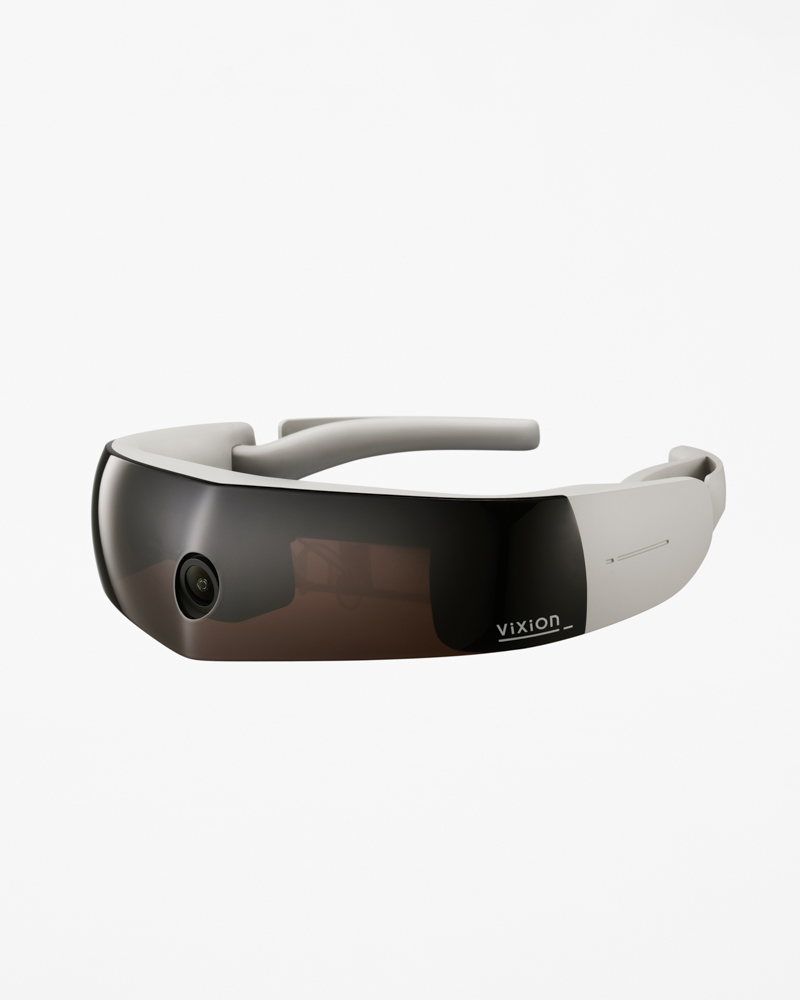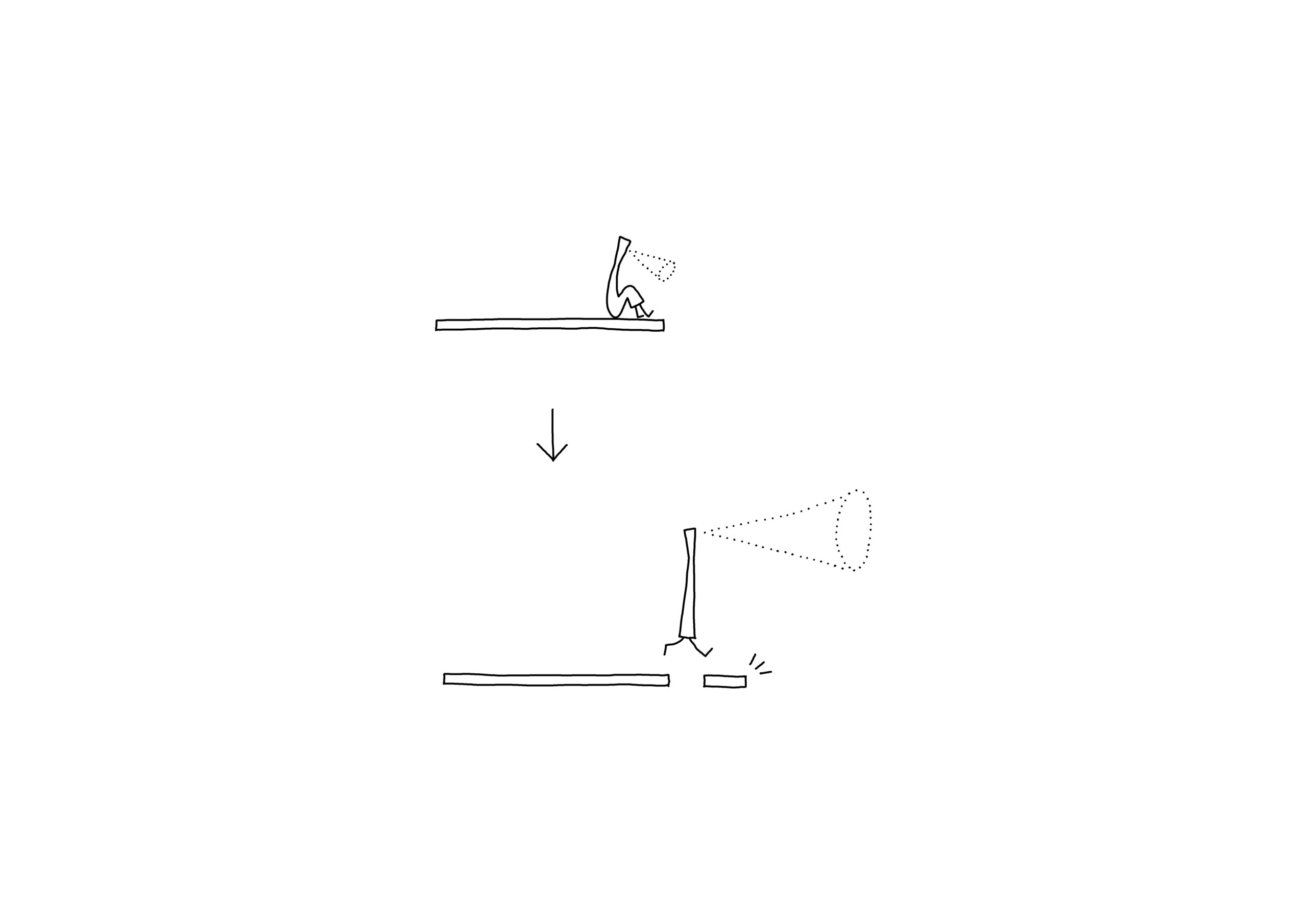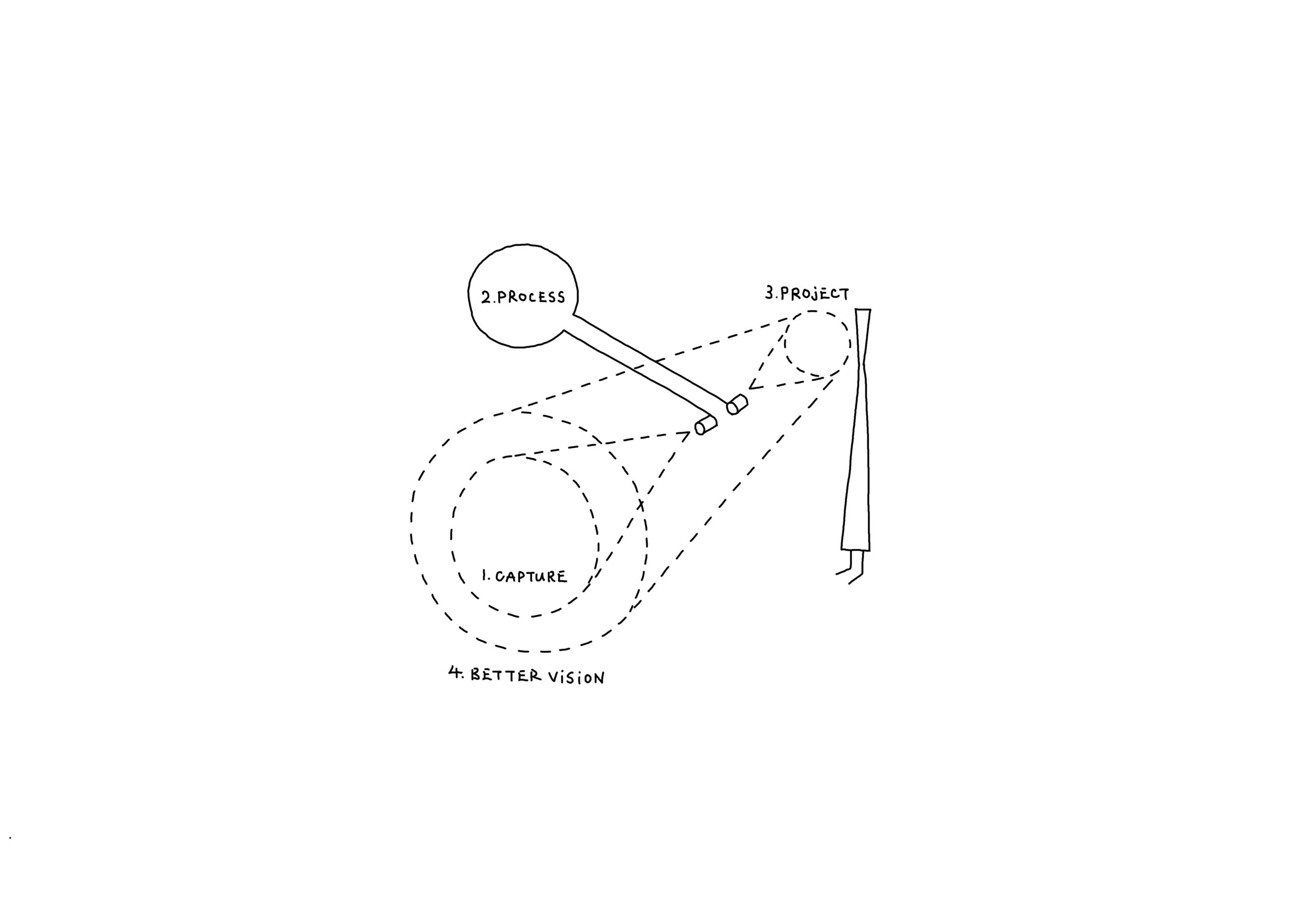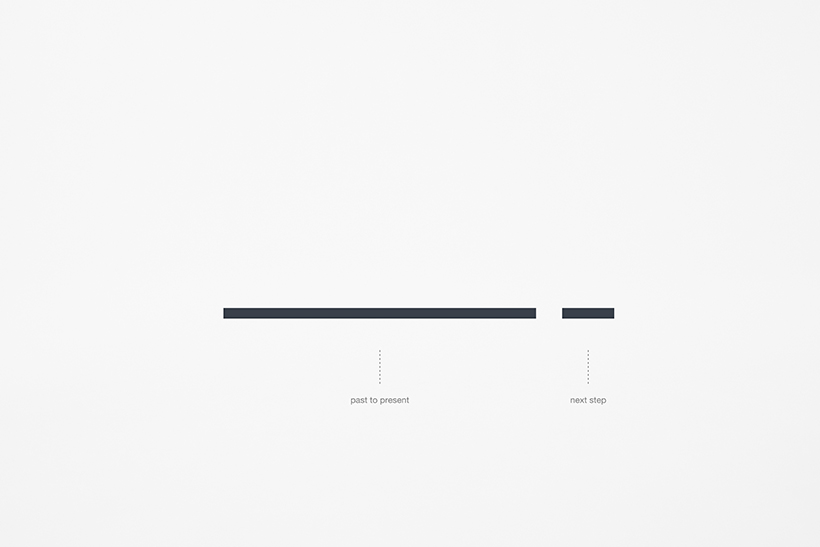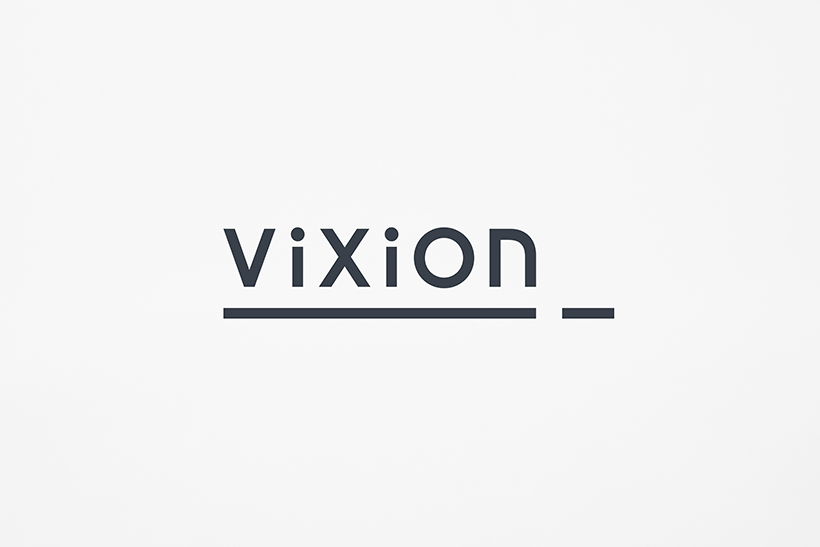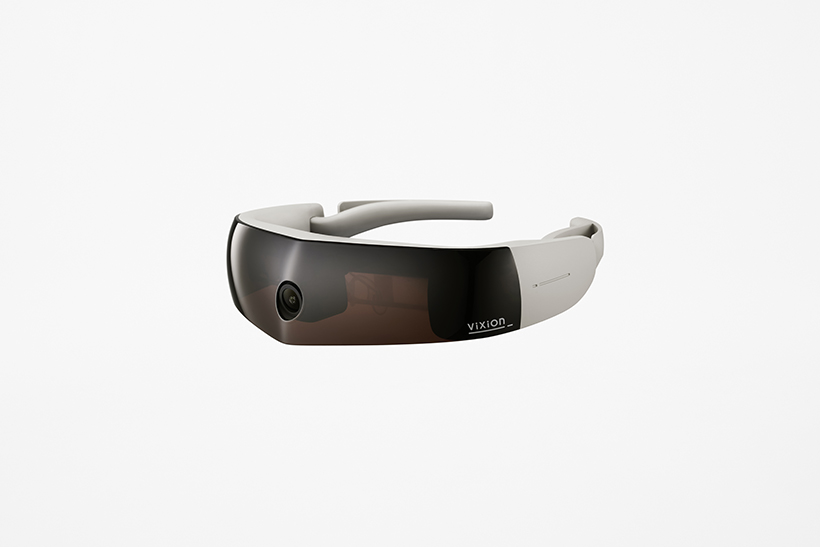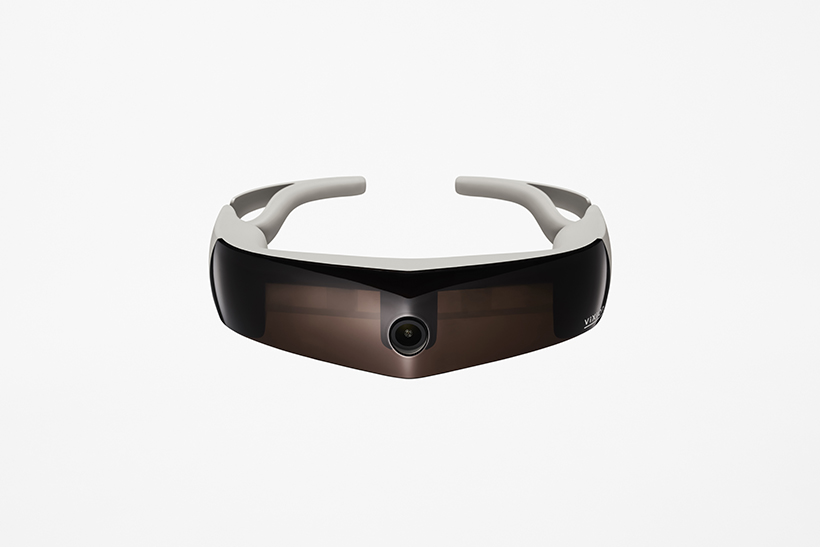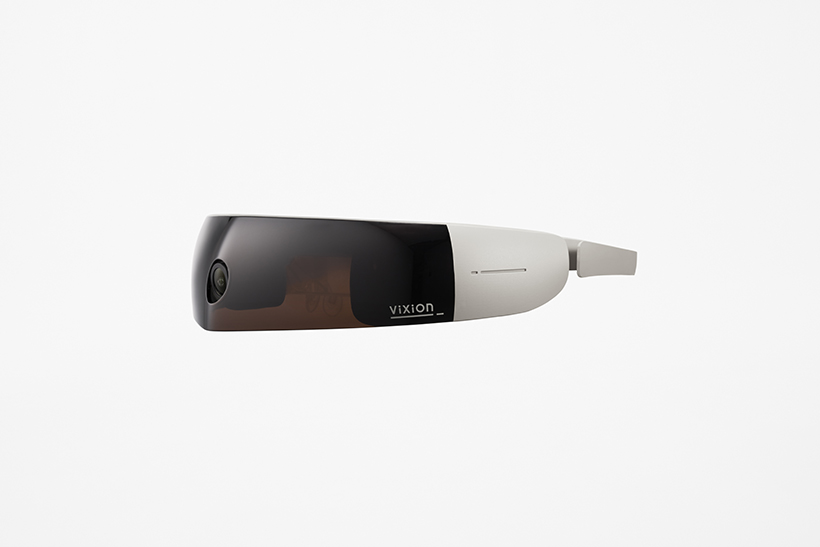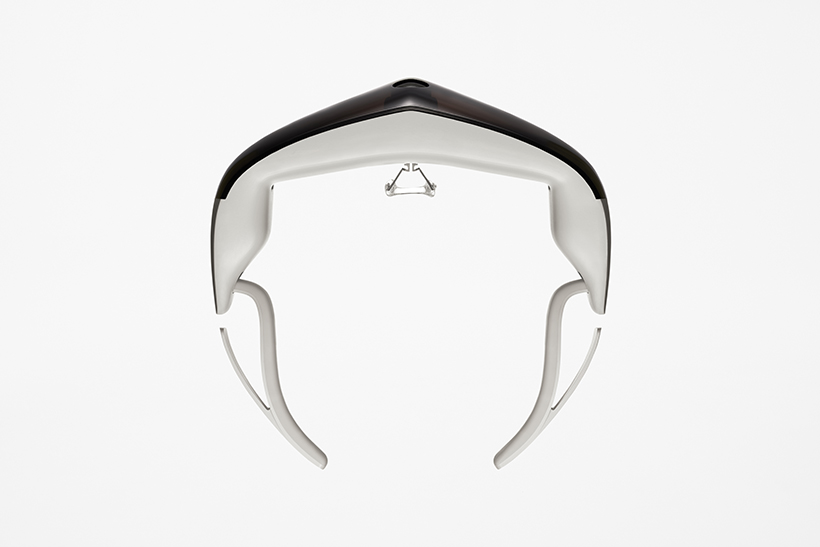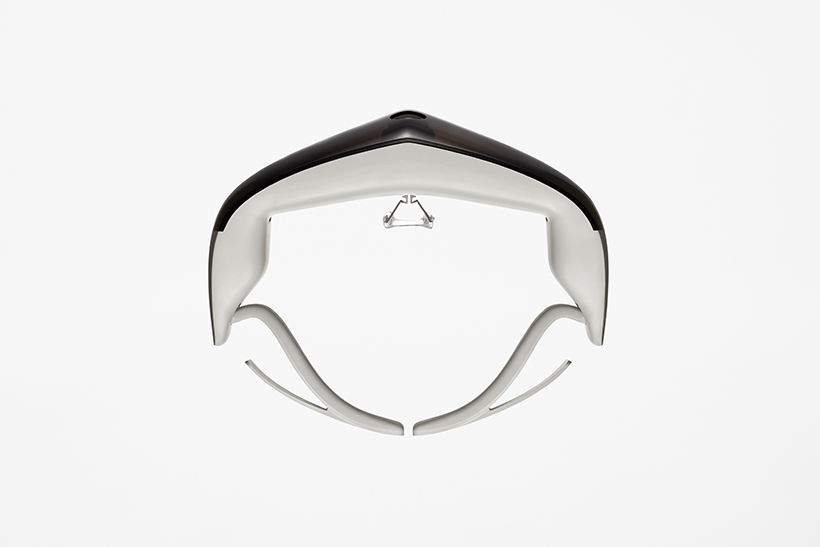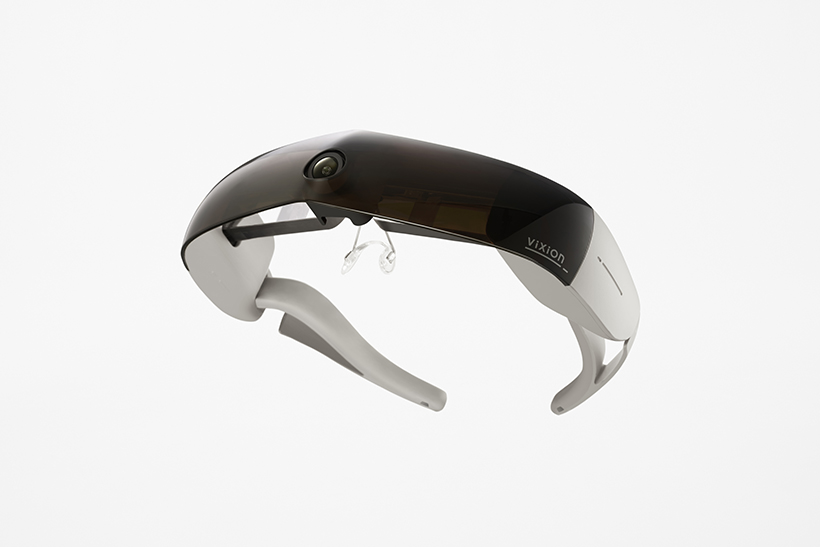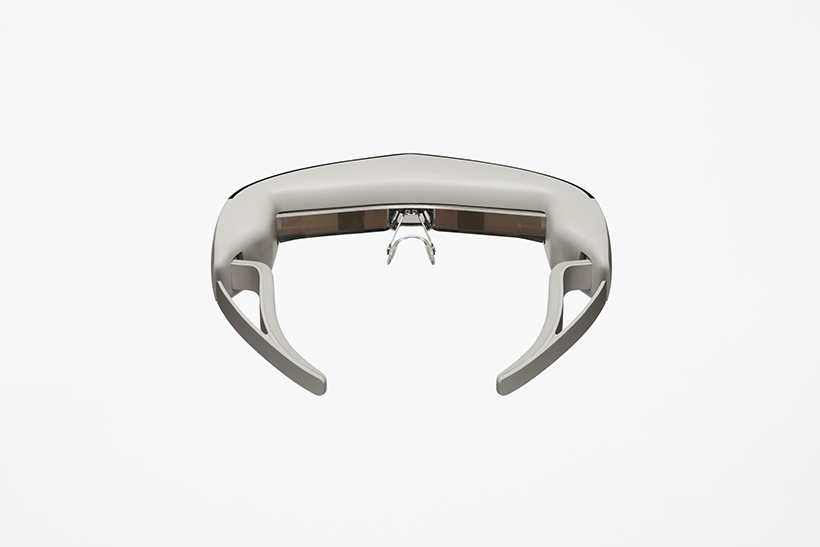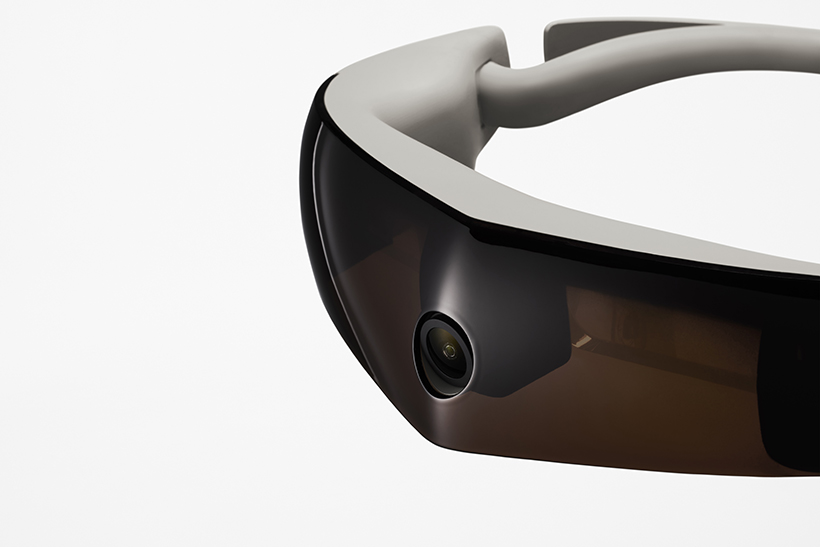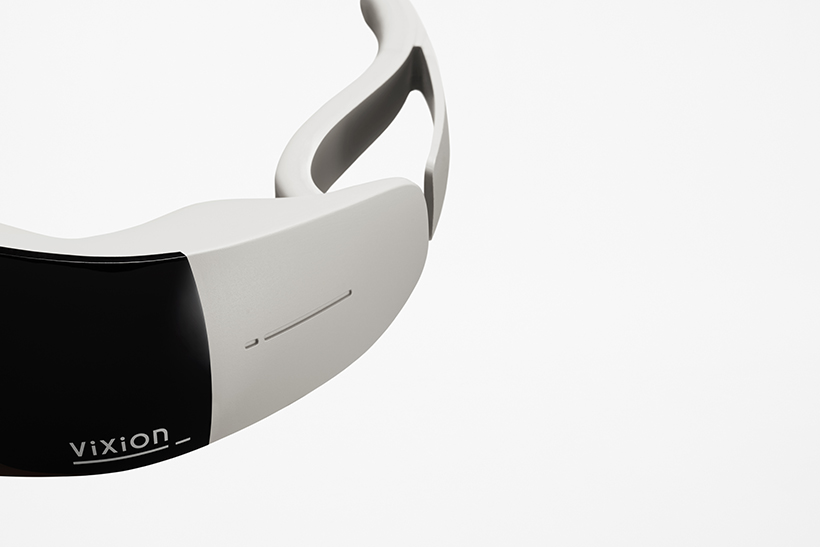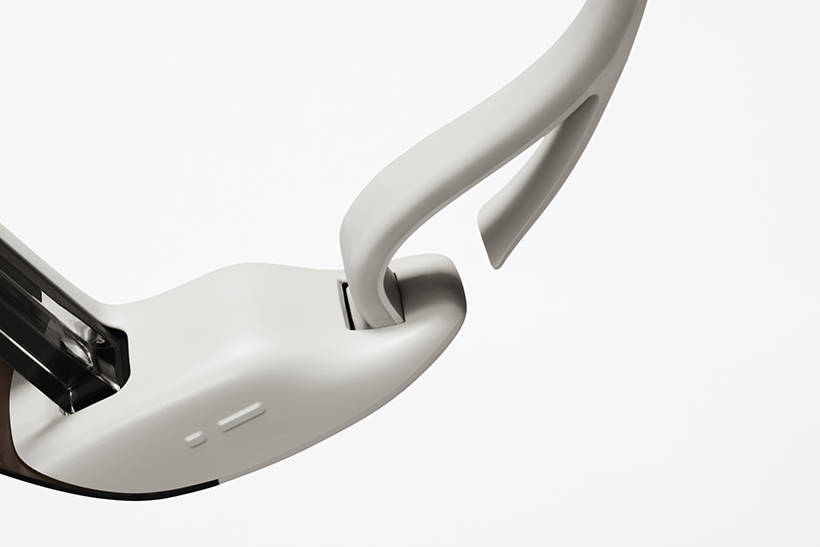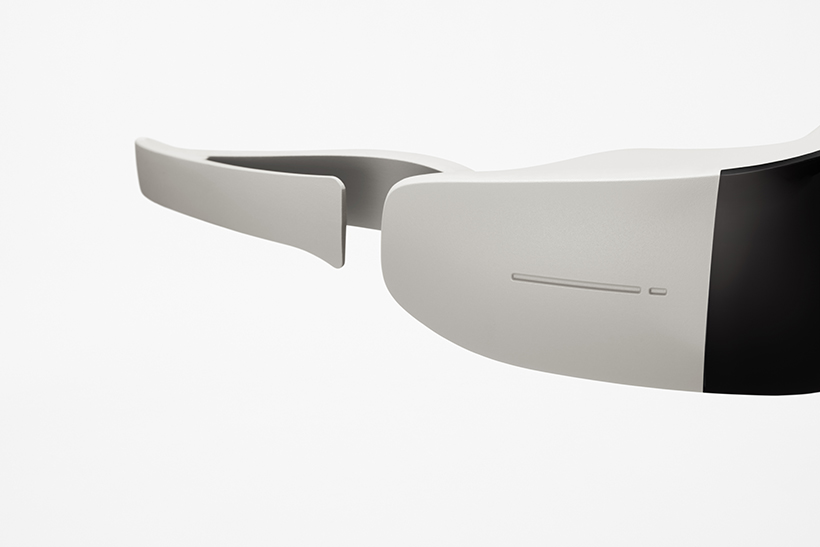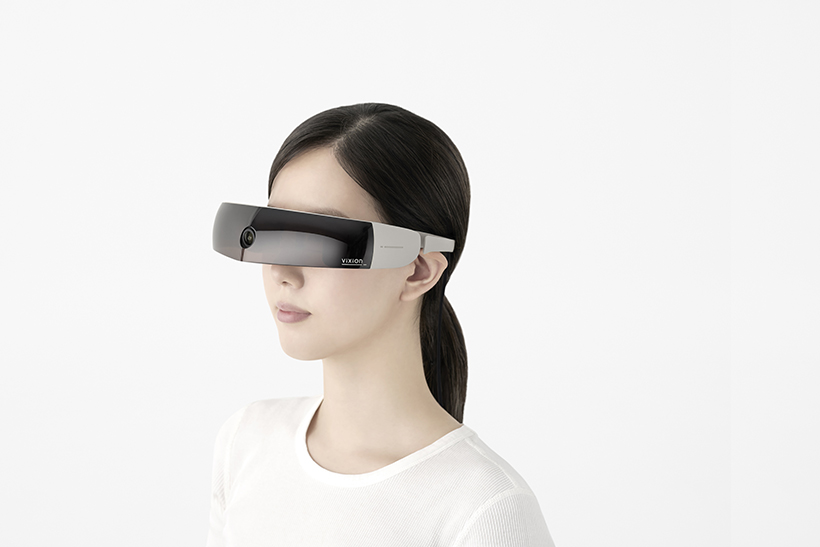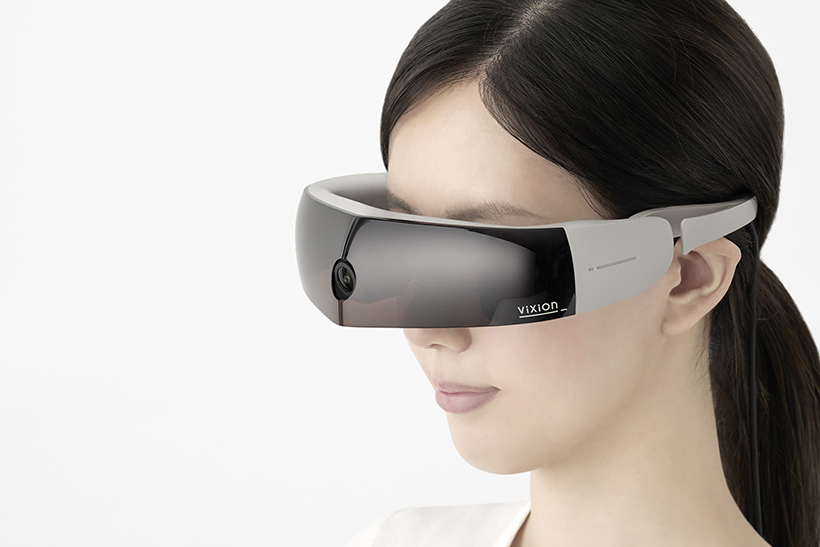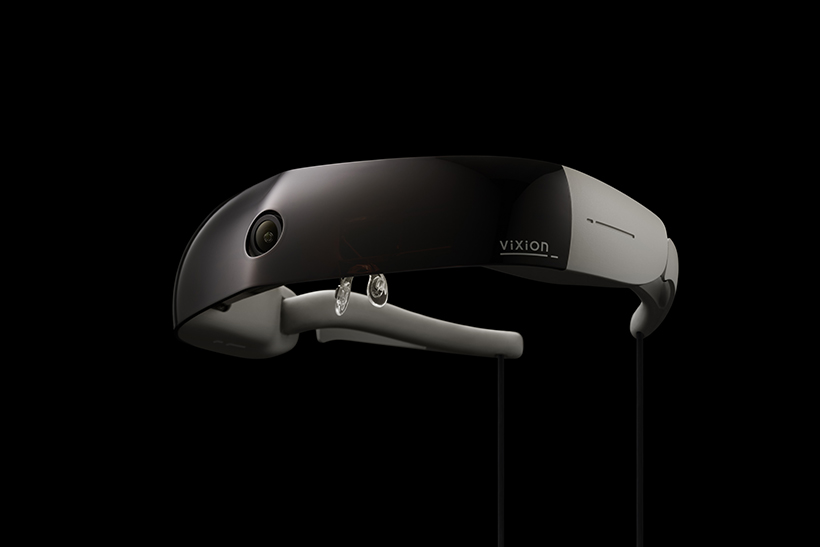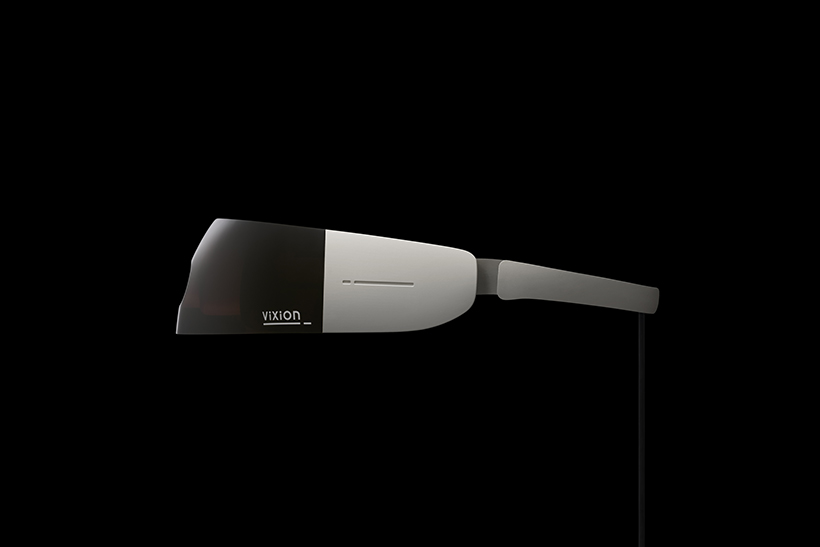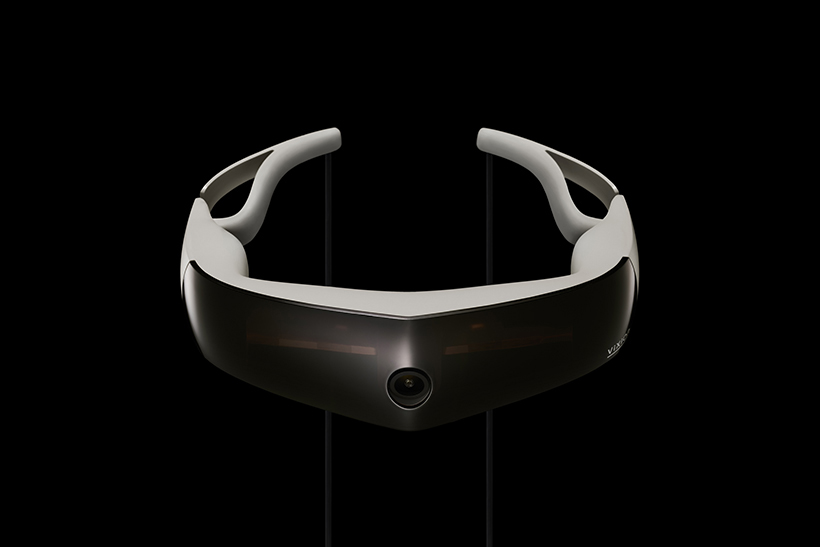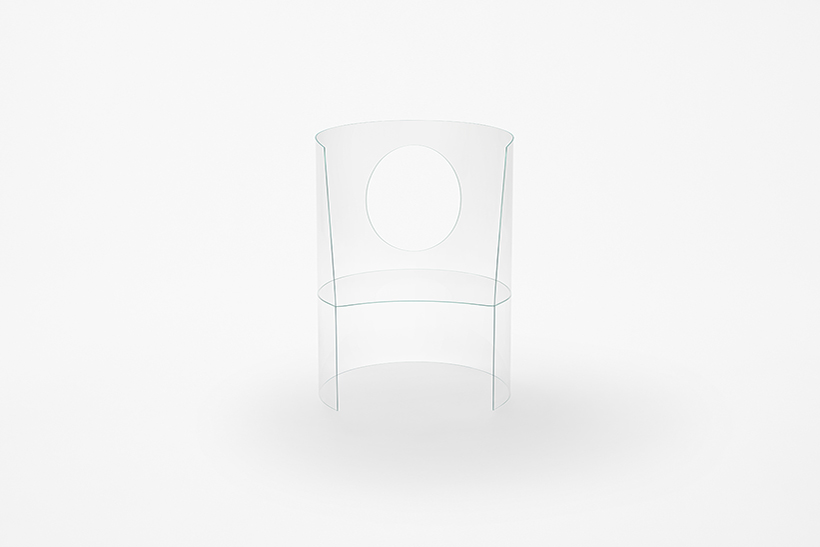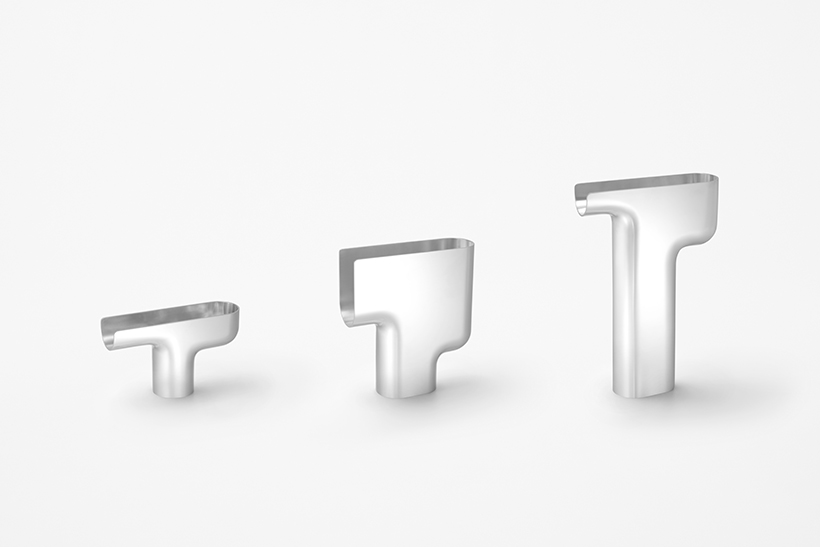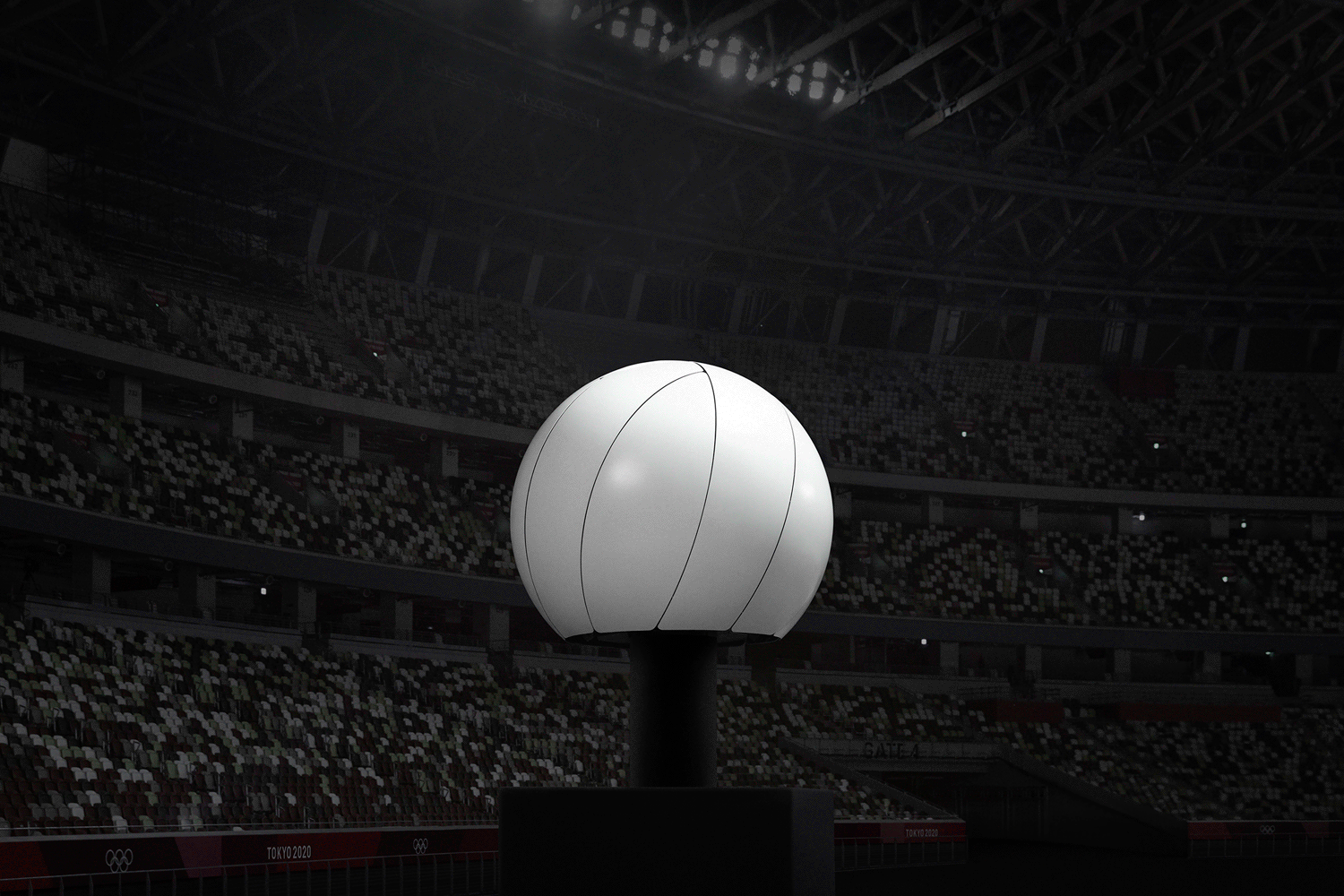ViXion
Barriers for people with low vision or blindness have become a major social issue in Japan, including lack of protection from falls from train station platforms and traffic accidents on the street, as well as disadvantages related to education and employment. ViXion develops, manufactures, and sells devices to help solve such issues as a startup company that spun off from the optical products and lenses manufacturer HOYA, and its corporate branding and product design were undertaken.
The startup’s name comes from replacing the S in Vision with an X, that letter which draws out the potential within us all. The logo consists of a single line gently separated from another smaller line to express the idea of people with low vision or blindness taking a bold new step toward society and the future. The main colors, dark blue and white, were selected to avoid overly strong contrast and for being gentle on the eyes for easy viewing.
Distinct from people with total blindness, people with low vision make up 1.45 million of Japan’s population. A wearable device was designed to address two conditions under the low vision umbrella: low peripheral vision and night blindness (a form of low vision in the dark).
The camera lens placed in the center of the frame captures images, which are processed at a high speed to increase brightness and contrast to a level easily visible by a wearer with night blindness. The image is then projected onto a semitransparent mirror display in front of the wearer. The wearer can also switch between black and white vision, black and white inversion, and high-contrast colors to match their visual needs. One mode increases brightness over a predetermined level, and another automatically adjusts images by segment for use in aquariums or when viewing movie theater screens. Images captured by the camera may be sent to a smartphone via Bluetooth, allowing the wearer to remotely navigate directions, get assistance for signs otherwise difficult to read, and watch over children.
With the exception of the camera, the device is shielded by a front cover transparent enough to enable the wearer to walk around with a sense of the world outside, yet opaque enough to enable easy viewing of the display. A wide-angle lens replaces the standard camera lens, widening the wearer’s visual field and decreasing the likelihood of those with low peripheral vision bumping into people or objects while moving about. Further, corrective lenses may be installed inside for wearers requiring visual acuity correction. The temples are made of nylon resin for a more comfortable fit and to prevent injury from broken pieces in the event of physical impact. In addition to the ViXion logo lines accenting the sides, a line can be felt on the underside of the right temple, making it possible to distinguish left from right and right-side-up with a brush of the fingertip.
